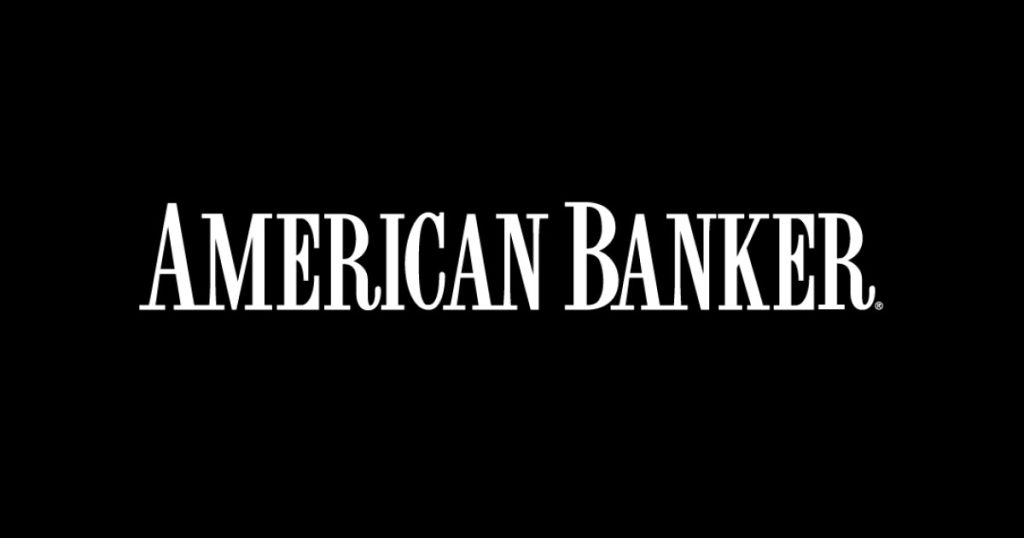Your recent article,
The associations claim that granting charters to digital asset firms represents a “fundamental departure” from precedent. That ignores the fact that Congress has already acted. The GENIUS Act establishes a statutory framework for permitted payment stablecoins — covering both bank and nonbank issuers, their reserve requirements and the regulatory structures that must govern them. Rulemaking is required by law. The OCC, like every other prudential regulator, will issue proposed rules, solicit comments and build a record. This is not a unilateral leap. It is continuity.
Further, trust charters are not untested. The OCC has supervised national trusts for more than a century, including State Street, BNY Mellon, and Northern Trust — firms that do not take deposits but provide custody and fiduciary services. Extending that same authority to digital custodians does not destabilize the system, it preserves regulatory clarity in a market that already exists.
The associations also argue that debit access to trust-held funds effectively creates deposits. But stablecoins without yield are transactional, not savings instruments. Labeling them “deposits” is a rhetorical convenience. Even if one accepts the premise, the economics undercut the claim. Stablecoin issuers are statutorily barred from paying a single basis point of interest. At most, they earn 4.1% on Treasuries — and none of it can be passed directly to end users. Banks, meanwhile, pay consumers an average of 1.7% while earning multiples on every lending product, and even on excess reserves held at the Federal Reserve. If deposits leave, it is not because digital trusts distort markets. It is because banks pay so little that consumers rationally treat their own returns on deposits as zero.
Other objections fall just as quickly. Claims that consumer protection will be weakened ignore that the Dodd-Frank Act allows the OCC to preempt state consumer laws only under narrow conditions, and the OCC has made clear that it applies preemption only case by case, with substantial evidence and in consultation with the CFPB as required by statute. Concerns about FDIC confusion overlook that brokerage accounts, sweep products and money market funds have long relied on disclosure. Suggestions that lending will dry up mistake nostalgia for reality: Community and regional banks already depend on Federal Home Loan bank advances, securitization and brokered deposits. Lending is not tied one-for-one to local balances, and dollars invested in Treasuries do not vanish from communities — they finance the very roads, schools and agriculture programs these associations cite as priorities.
The stability argument may be the weakest of all. Some of the same institutions that ran structured investment vehicles off balance sheet and built synthetic CDOs now position themselves, through their trade associations, as arbiters of prudential oversight. Yet today there are $8.8 trillion of money market funds, and they have not destabilized the banking system. In fact, money market funds are subject to lower standards of regulatory oversight and reserve requirements than the framework Congress has now imposed on stablecoin issuers. By contrast, under the GENIUS Act, stablecoin issuers must hold one-to-one reserves in cash and Treasuries, disclose holdings and submit to examination. No leverage, no maturity mismatch, no opacity. By any reasonable measure, this is a more transparent and conservative structure than the fractional reserve model banks themselves operate.
The pattern is familiar. Money market funds, online brokers, fintech lenders — every new entrant met the same warnings. None collapsed the system. All forced banks to compete. What the trade associations fear today is not systemic risk. What they fear is depositors finally asking why they are still being paid 1.7% on their savings.
